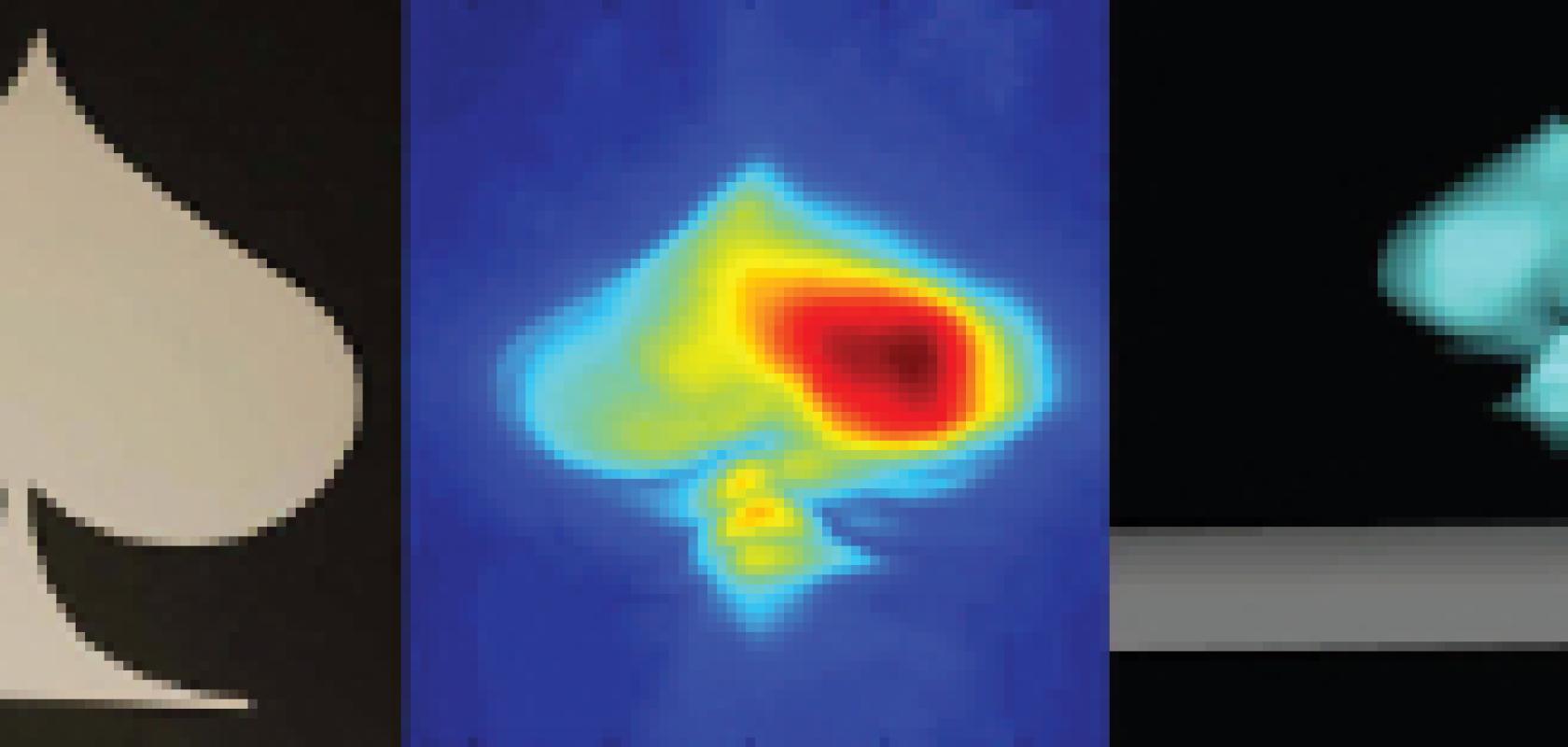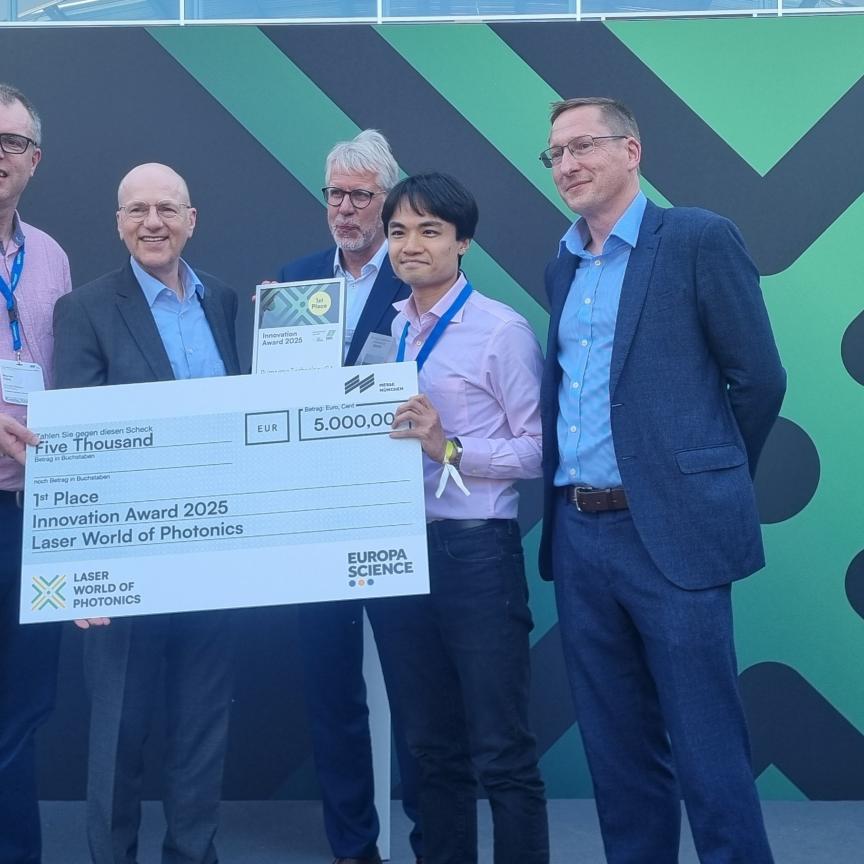Optics able to see what is hidden around a corner have been developed by researchers from the Massachusetts Institute of Technology (MIT), Harvard University, the University of Wisconsin, and Rice University.
Inspired by the erratic behaviour of photons zooming around and bouncing off objects and walls inside a room, the technique may one day prove invaluable in disaster recovery situations, as well as in non-invasive biomedical imaging applications. ‘Imagine photons as particles bouncing right off the walls and down a corridor and around a corner – the ones that hit an object are reflected back. When this happens, we can use the data about the time they take to move around and bounce back to get information about geometry,’ explains Otkrist Gupta, an MIT graduate student and lead author on the research paper. The researchers speculate that it is possible that the technology could be used as a form of non-invasive biomedical imaging to see what is going on beneath a patient’s skin. That’s what Gupta’s team plan to investigate next.
Using advanced optics in the form of an ultrafast laser and a two dimensional streak camera, both of which operate on the order of trillions of cycles per second. Streak cameras differ from other cameras in that the image it forms is determined by the time profile of the incoming photons. The team exploited the capability to capture billions of images per second with the streak camera to demonstrate the technology’s ability to see objects by analysing the light moving around a corner or through a water bottle. ‘This type of imaging provides us with a very good idea of how long each of the photons takes to bounce and come back. If there’s something around the corner, the photons come back sooner and arrive earlier in time,’ says Gupta. ‘We’re actually capturing and counting photons. Each image we shoot has three or fewer photons in it.’ This technique has been described in a paper published in the peer reviewed Optical Society’s open-access journal Optics Express.
As well as non-invasive medical applications, another possible application is disaster recovery situations. ‘Say you have a house collapsing and need to know if anyone is inside, our technology would be useful,’ Gupta points out. ‘It’s ideal for use in nearly any disaster-type situation, especially fires, in which you need to find out what’s going on inside and around corners – but don’t want to risk sending someone inside because of dangerous or hazardous conditions. You could use this technology to greatly reduce risking rescue workers’ lives.’
Gupta expects that it will likely be at least another five to 10 years before the technology becomes commercially available, based on the typical timeframe research and development demonstrations take to reach a product launch. The imagery could also be three dimensional. ‘We take lots of images very quickly to create streak images, which help us determine the distance travelled by the photons in centimetres. Once we collect that data, we can infer the basic geometry of the hidden object(s) and a 3D picture emerges,’ says Gupta. ‘This type of imaging provides us with a very good idea of how long each of the photons takes to bounce and come back. If there’s something around the corner, the photons come back sooner and arrive earlier in time.’


